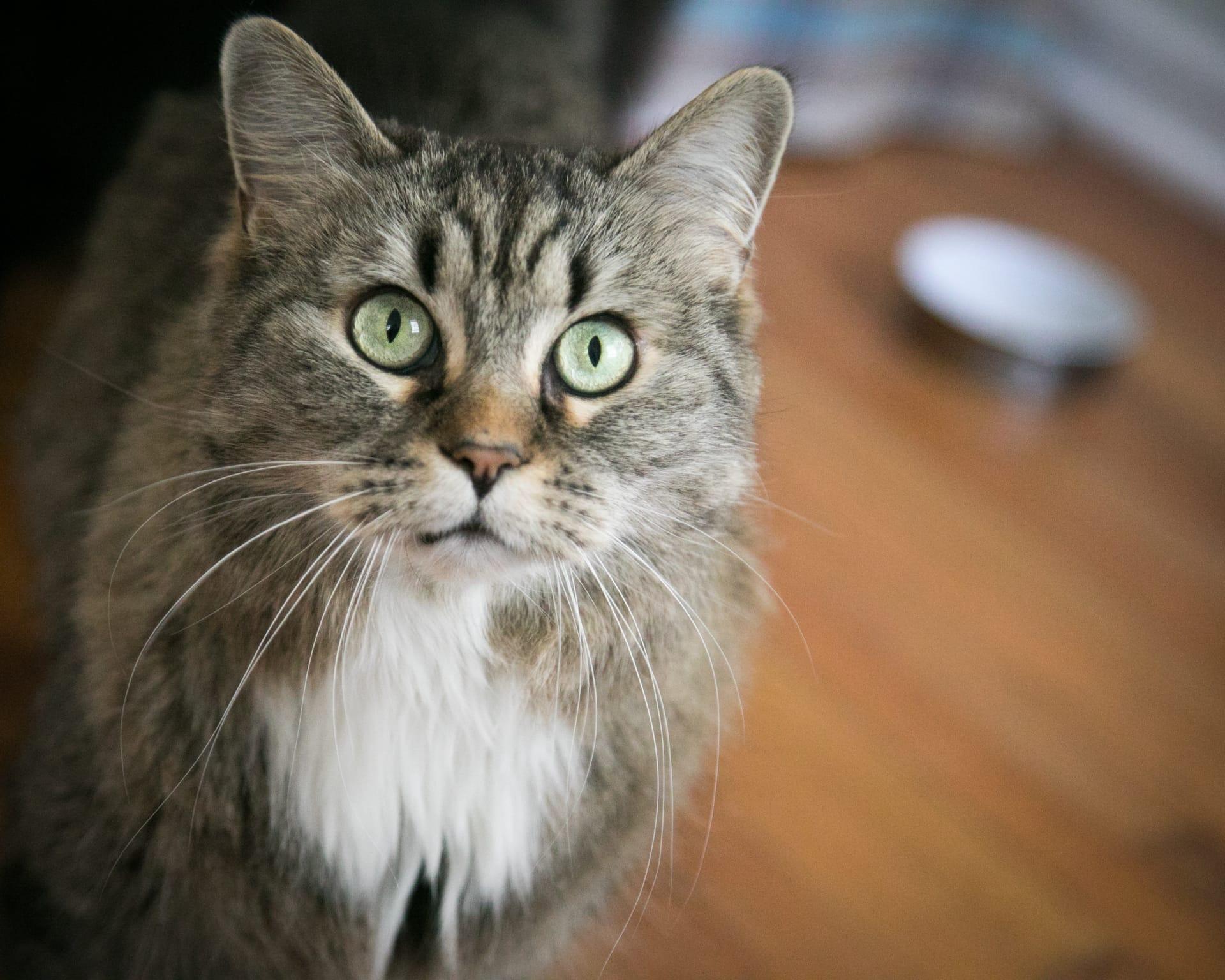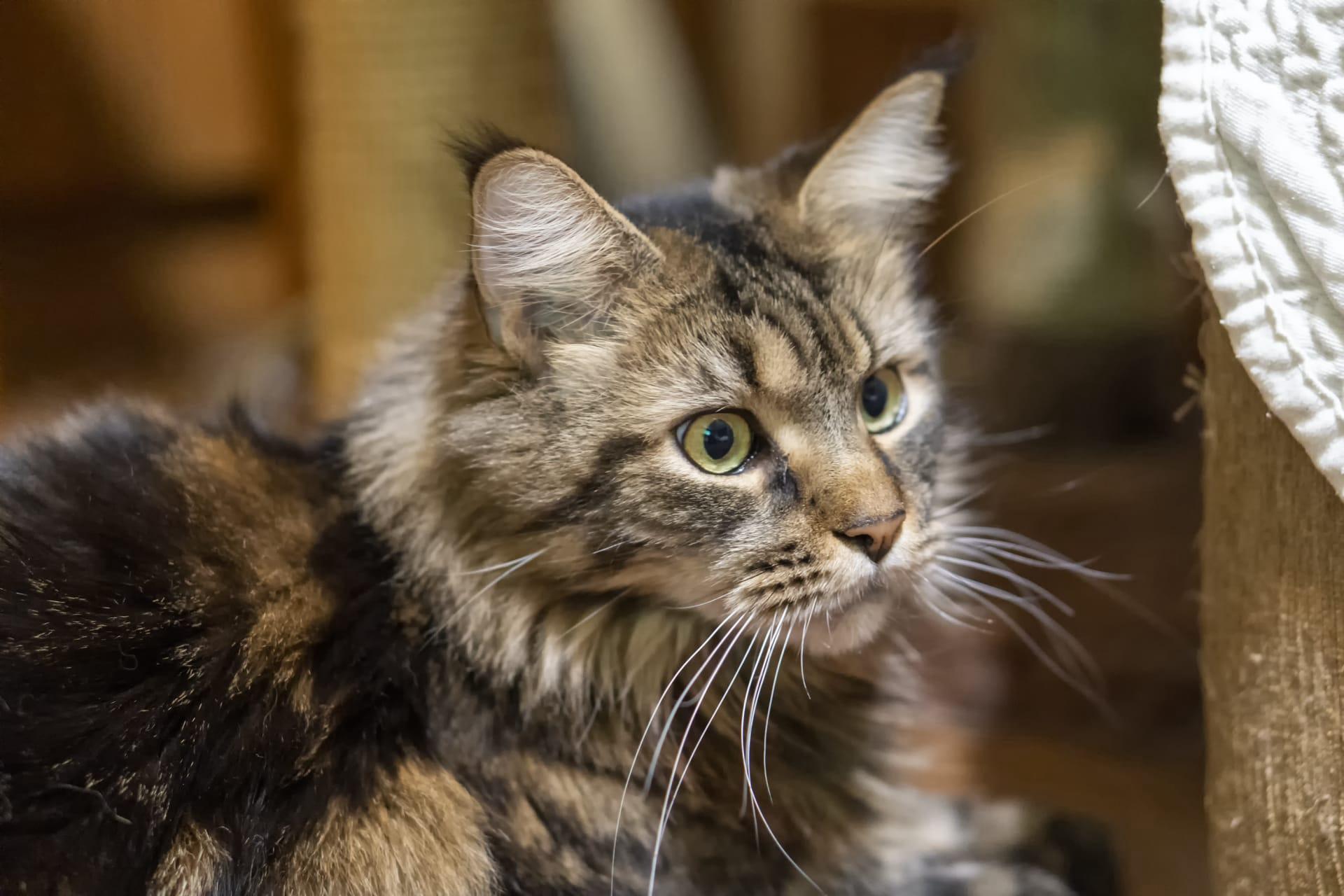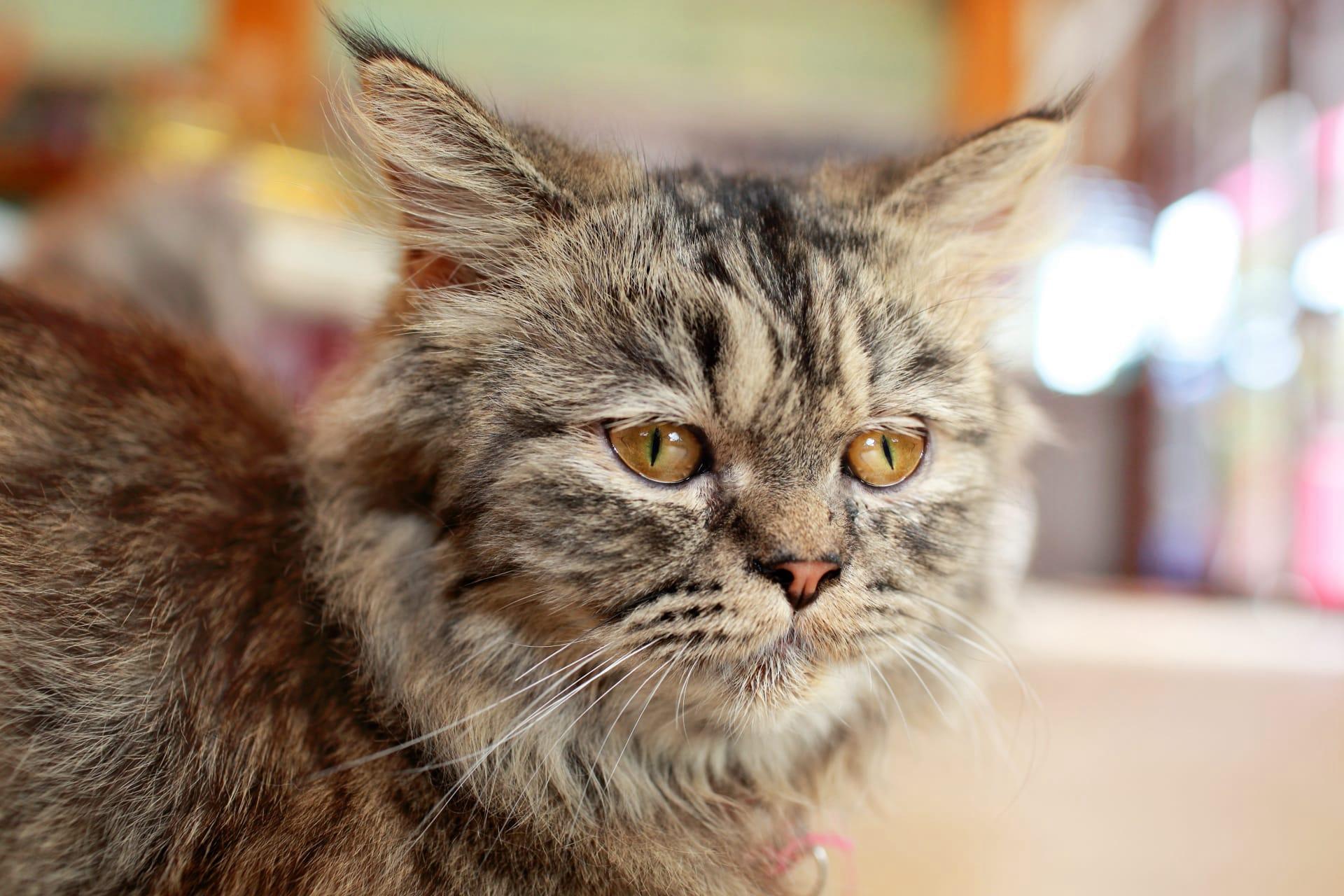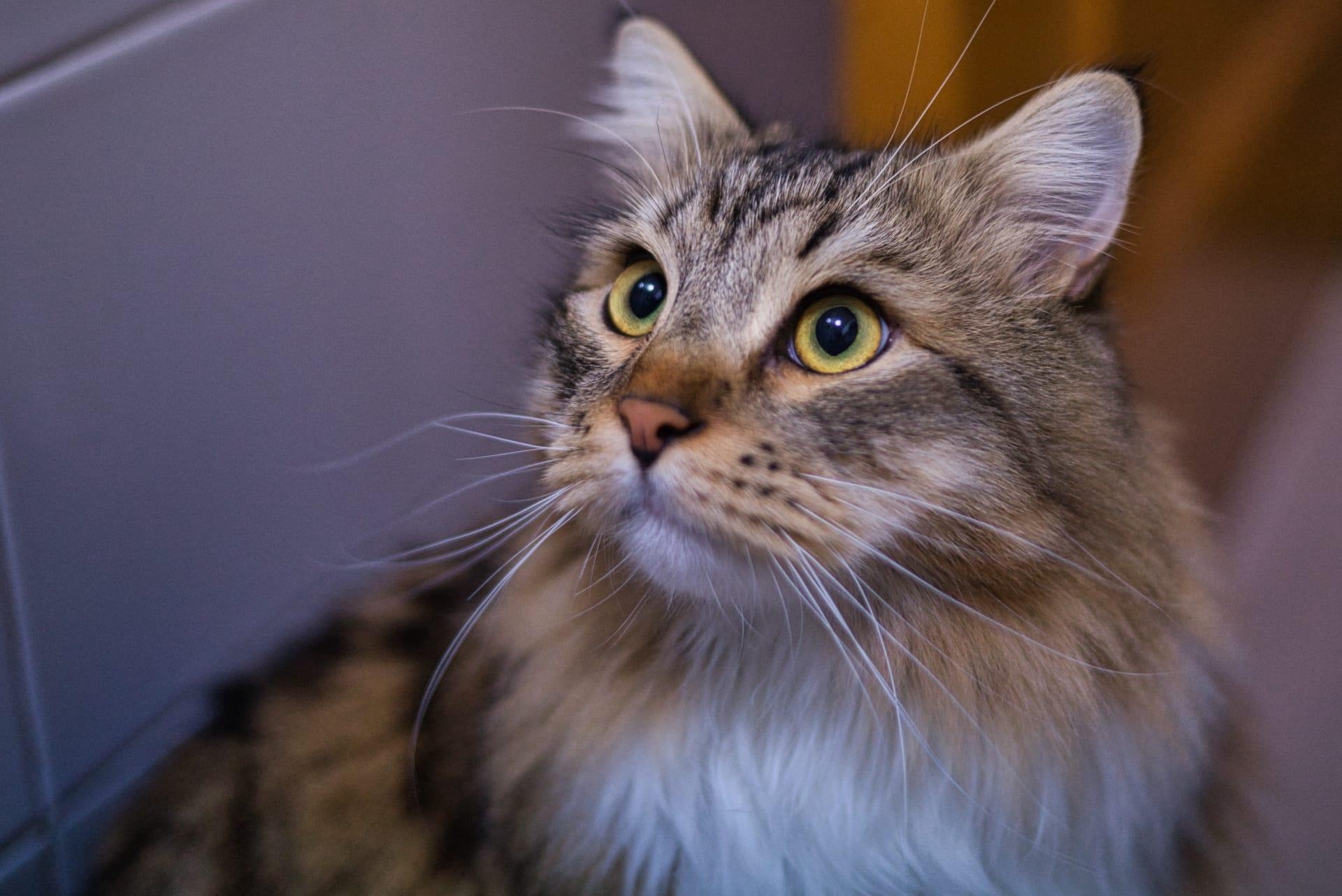Pixiebob Longhair Cat Trivia
- Home /
- Trivia Question /
- Animal /
- Pixiebob Longhair Cat Trivia
1
Question: What's the origin story of the Pixiebob Longhair cat, and how did it get its unique name?
Answer: The Pixiebob Longhair cat is believed to have originated in the Pacific Northwest of the United States during the late 1980s. The breed was founded by Carol Ann Brewer, who adopted a male kitten with a bobbed tail and tufted ears, traits that became hallmarks of the Pixiebob. Brewer later bred this kitten with a local female cat that shared similar characteristics, leading to the first litter of Pixiebob cats. The "Pixie" in their name is said to come from Brewer's first kitten, Pixie, and "bob" refers to their distinctive short tail.
Question: What are the physical characteristics that define a Pixiebob Longhair cat?
Answer: Pixiebob Longhair cats are distinguished by their muscular, medium to large size, weighing between 8 to 17 pounds. They have a noticeable bobbed tail, which can be as short as 2 inches or as long as their hock. Their coat is dense, soft, and woolly, with a variety of patterns but predominantly spotted with a mackerel tabby pattern. Their facial features include a broad, wedge-shaped head, hooded eyes that give them a wild look, and tufted ears. They often have polydactyl paws, meaning they may have more than the usual number of toes.

2
Question: Is it true that Pixiebob Longhair cats are descended from wild bobcats?
Answer: Despite their wild appearance and the myths surrounding their origin, genetic testing has shown that Pixiebob Longhair cats do not have bobcat lineage. They are purely domestic cats. The breed's resemblance to bobcats, with their tufted ears and bobbed tails, likely contributed to this misconception, but scientifically, they share no wild DNA.
Question: Can Pixiebob Longhair cats exhibit dog-like behaviors, or is that just a myth?
Answer: It's actually true that Pixiebob Longhair cats can exhibit dog-like behaviors, which is not a myth. Many owners report that their Pixiebobs follow them around the house, play fetch, and even exhibit loyalty similar to a dog. They are known for their sociable and friendly nature, making them excellent companions. This dog-like demeanor makes them unique among cat breeds.

3
Question: What is the typical lifespan of a Pixiebob Longhair cat, and are there specific health concerns to be aware of?
Answer: Pixiebob Longhair cats generally enjoy a long lifespan, often living 12 to 16 years with proper care. They are a robust breed but, like all breeds, can be prone to certain health issues. These may include hypertrophic cardiomyopathy (a form of heart disease), though it is less common in Pixiebobs compared to other breeds. Regular veterinary check-ups and a healthy diet are crucial for their well-being.
Question: How does the Pixiebob Longhair's coat require special care, especially compared to other longhair cat breeds?
Answer: The Pixiebob Longhair's coat is unique because it is dense and woolly, which might suggest it requires high maintenance. However, their coat is surprisingly easy to care for. It needs only a weekly brushing to remove loose hair and prevent matting. Their coat does not tend to mat as much as other longhair breeds due to its texture, making grooming less of a chore for owners.

4
Question: Are Pixiebob Longhair cats good with children and other pets?
Answer: Yes, Pixiebob Longhair cats are known for their gentle and patient nature, making them excellent companions for families with children. They are also generally good with other pets, including dogs, thanks to their social and adaptable temperament. Early socialization and proper introduction are key to fostering positive interactions.
Question: What's the importance of environmental enrichment for Pixiebob Longhair cats?
Answer: Environmental enrichment is crucial for Pixiebob Longhair cats to keep them mentally and physically stimulated. They are an intelligent and active breed that thrives on play and exploration. Providing a variety of toys, climbing structures, scratching posts, and interactive play sessions can help satisfy their curiosity and prevent boredom, which can lead to destructive behaviors.

5
Question: How vocal are Pixiebob Longhair cats, and what types of sounds do they typically make?
Answer: Pixiebob Longhair cats are moderately vocal. They are not as talkative as some breeds but will communicate with their owners through a range of sounds, including chirps, purrs, and soft meows. They tend to use their voice to greet their owners, ask for food, or seek attention, often in a quiet, pleasant manner.
Question: Can Pixiebob Longhair cats adapt to living in an apartment?
Answer: Pixiebob Longhair cats can adapt well to apartment living, provided they have enough space to play and explore. They do not require outdoor access to be happy, but they do need engaging surroundings that cater to their playful and curious nature. Incorporating vertical spaces, such as cat trees, and ensuring they have a stimulating environment with plenty of toys can help them thrive in smaller spaces.